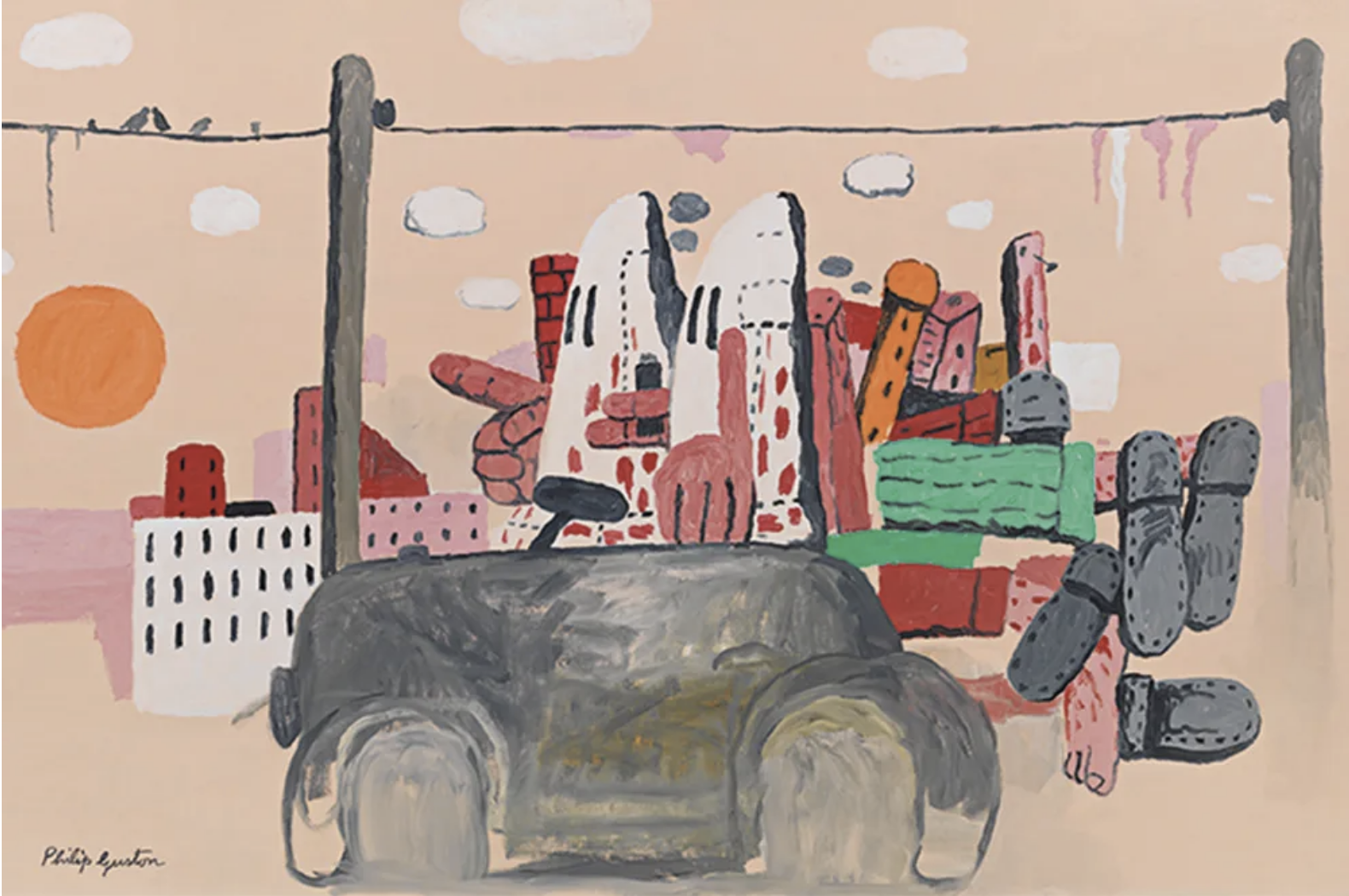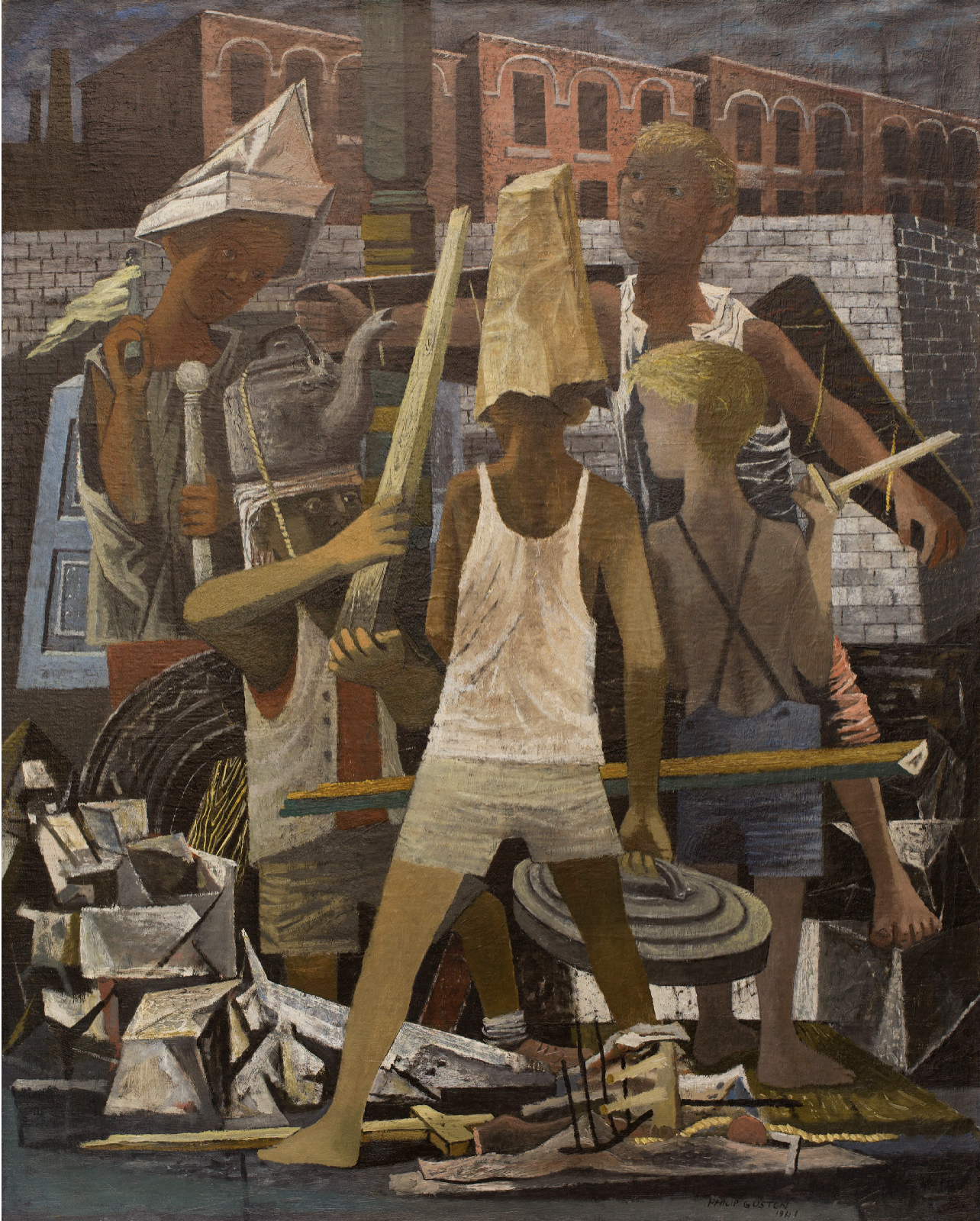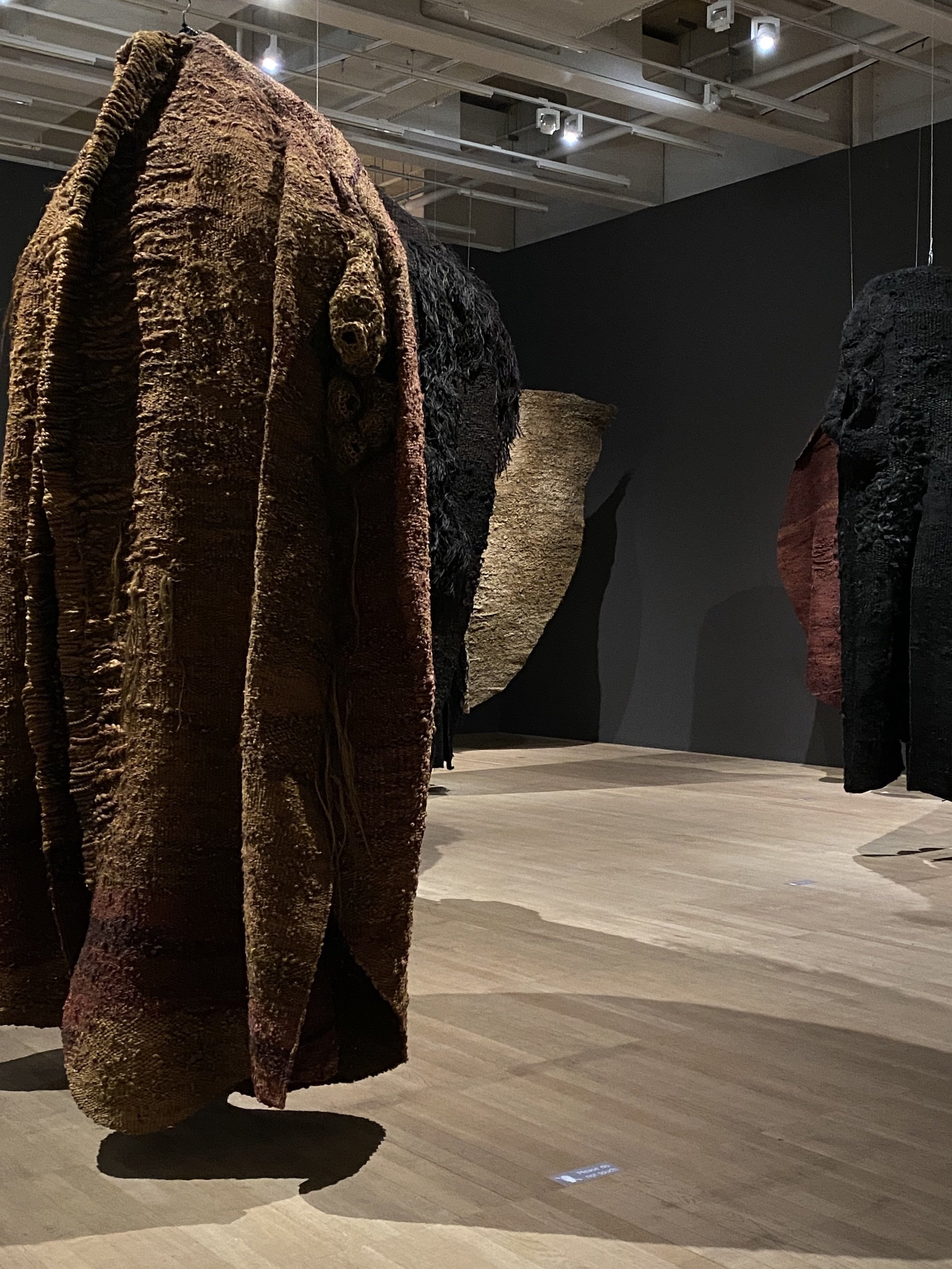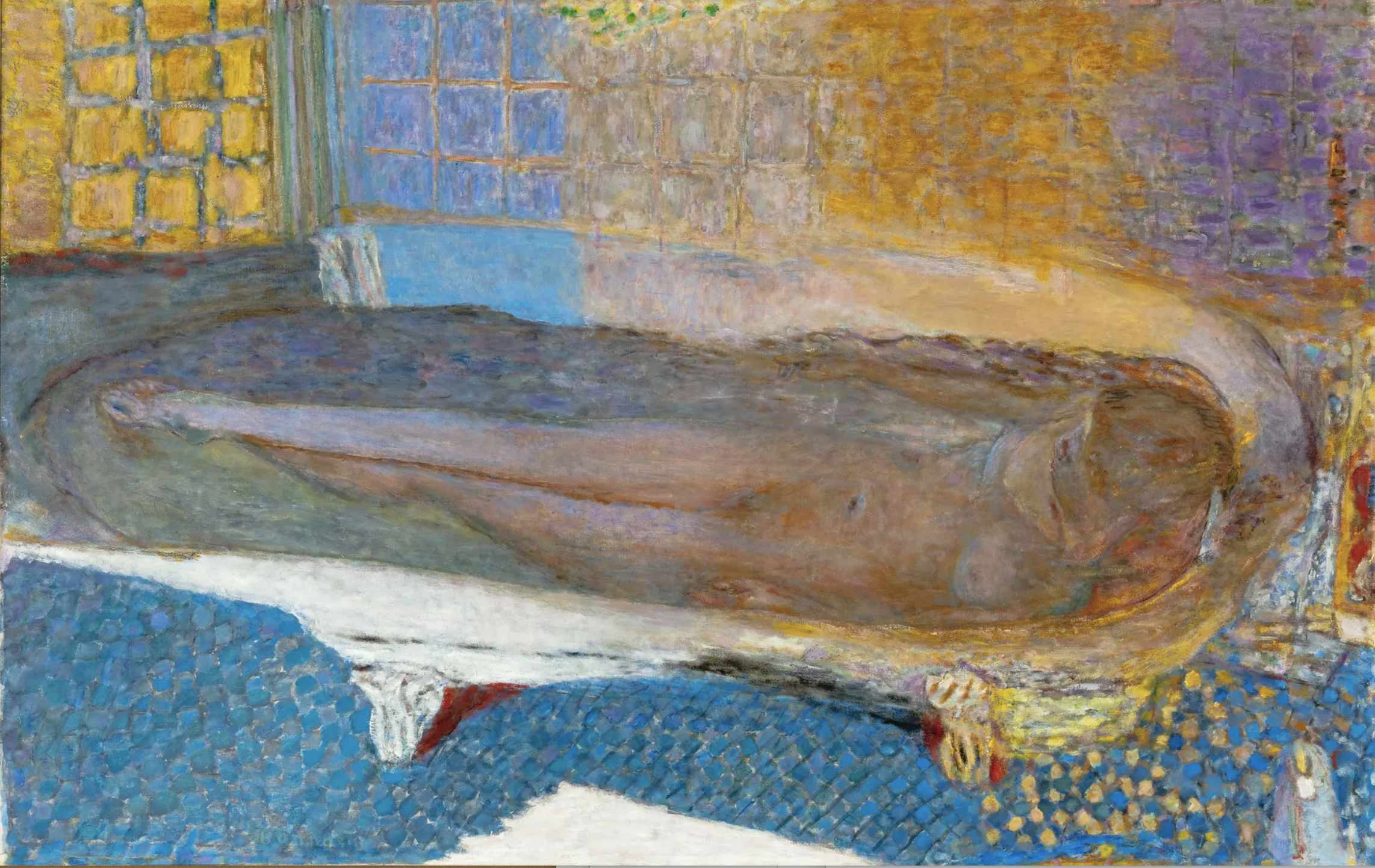Yoko Ono: ‘A Dream You Dream Together is Reality’
Yoko Ono with glass hammer. Photo credit: © Clay Perry
A phone rings as we enter the gallery.
‘Hello. This is Yoko.’
It rings again and the message is repeated.
And so we pass through into a world of strange music, cryptic events and grainy black and white films; of bizarre objects, bean bags and neatly-typed instructions. One of Landseer’s lions on Trafalgar Square is wrapped in drop-cloths. There’s a tape recording of snow falling at dawn; a stethoscope to listen to time passing; and an apple you can buy for £200 ‘to experience the excitement of watching [it] decay.’ There are some shards of broken milk bottles that have also been put up for sale, each labelled with a date to represent a future morning.
‘It is a useless act. But by actively inserting such a useless act… into everyday life, perhaps I can delay culture.’
Many of the visitors are young, revelling in the participation and playfulness. Some draw their overlapping shadows onto a wall. A man hammers a nail into a wooden panel. People write thoughts of their mother and pin them up alongside others. Couples play games of chess where both sets of pieces are white. A young boy jumps into a black sack and rolls around on the floor making shapes.
This is a retrospective of Yoko Ono’s multidisciplinary art from the mid-1950s to the present day. (‘Yoko Ono: Music of the Mind’ is at Tate Modern, London, until 1 September.)
We realise that each piece has a serious intent. The snow recording and stethoscope suggest we should treasure time, appreciate our environment. The covered lion challenges the enduring legacy of empire and colonialism. The chess game prompts us to think of war and peace. (The accompanying instruction says it’s ‘for playing as long as you know where all your pieces are.’) The black sack exercise asks questions of identity.
‘When I did the ‘Bag Piece,’ we go in the bag, and we’re very different. And also we see the world through it, actually. And there’s a big difference between the world and us that way. By being in a bag, you show the other side of you, which is nothing to do with race, nothing to do with sex, nothing to do with age. Then you become just a spirit or soul. And you can talk soul to soul.’
Born into a middle-class Japanese family in 1933, Ono grew up for the most part in Tokyo. During World War 2, when she was 12, she was evacuated to the countryside to avoid the bombing. She and her younger brother, short of food and basic necessities, would lie on their backs and look up at the sky, escaping the conflict in their imaginations.
‘We exchanged menus in the air and used our powers of visualization to survive.’
This she later observed was ‘maybe my first piece of art.’
Aged 23 Ono moved to New York where she organised events and concerts that combined poetry, atonal music, vocalisation and amplified sounds.
‘I wanted most things to be performed in the dark, thereby asking the audience to stretch their imaginations. A glimpse of things was seen by occasionally lit matches and torches. This went on for four hours.’
Yoko Ono performing ‘Lighting Piece’ (1955) at the Sogetsu Art Center, Tokyo, in 1962. Photo: Yasuhiro Yoshioka; © the artist
Ono started issuing instructions for paintings. Viewers were invited to ‘complete’ the artwork in their heads, the idea taking primacy over the object. Back in Japan she wrote further instructions, some physical and some mental.
‘Scream.
1. against the wind
2. against the wall
3. against the sky’
‘Cloud Piece
Imagine the clouds dripping. Dig a hole in your garden to put it in.’
‘Stone Piece
Find a stone that is your size or weight.
Crack it until it becomes fine powder.
Dispose it in the river. (a)
Send small amount each to your friends. (b)
Do not tell anybody what you did.
Do not explain about the powder to the friends you send.’
In 1964 Ono first performed ‘Cut Piece’, in which she sat silently on stage wearing a suit while the audience excised pieces of her clothing with a pair of scissors.
‘To strip means not ‘to reveal to others’, but ‘to discover something hidden in humans’.’
Yoko Ono performs ‘Cut Piece’ (1964) in New York © Minoru
Ono’s work was funny, absurd, bonkers. But it was also fresh, thoughtful and disarming. Often partial or unfinished, it existed in the realms of the viewer’s imagination. It challenged preconceptions, asked questions and invited participation.
'The only sound that exists to me is the sound of the mind. My works are only to induce music of the mind in people… In the mind-world, things spread out and go beyond time.’
Between 1966 and 1971 Ono worked in England. At an exhibition in the Indica Gallery, London she encountered the musician John Lennon who offered her an imaginary five shillings to hammer an imaginary nail.
‘I met a guy who played the same game I played.’
PLAY IT BY TRUST aka WHITE CHESS SET (1966) “Play it for as long as you can remember who is your opponent and who is your own self”. Yoko Ono. 1966
In 1969 Ono and Lennon were married in Gibraltar and spent their honeymoon in Amsterdam, campaigning with a week-long ‘Bed-in for Peace.’ The couple settled in New York, using their public platform to promote peace, co-opting the techniques of advertising and propaganda to amplify their message.
In 1980 Lennon was murdered outside their apartment building.
Ono has continued to call for peace, to raise awareness about migration issues, to criticise violence. Her 2009 work ‘A Hole’ featured a pane of glass shot through by a bullet. A label reads: ‘Go to the other side of the glass and see through the hole.’
She has often returned to the consoling presence of the sky.
‘Even when everything was falling apart around me, the sky was always there for me… I can never give up on life as long as the sky is there.’
I found this exhibition inspiring. It asks us to unmake the world; to reframe and rethink our deeply held assumptions; to act and join in; to imagine peace together.
‘A dream you dream alone is only a dream.
A dream you dream together is reality.’
'Walking on thin ice
I'm paying the price
For throwing the dice in the air.
Why must we learn it the hard way
And play the game of life with your heart?
I gave you my knife,
You gave me my life,
Like a gush of wind in my hair.
Why do we forget what's been said,
And play the game of life with our hearts?
I may cry some day,
But the tears will dry whichever way,
And when our hearts return to ashes,
It'll be just a story.
It'll be just a story.’
Yoko Ono, ‘Walking on Thin Ice'
No.465































